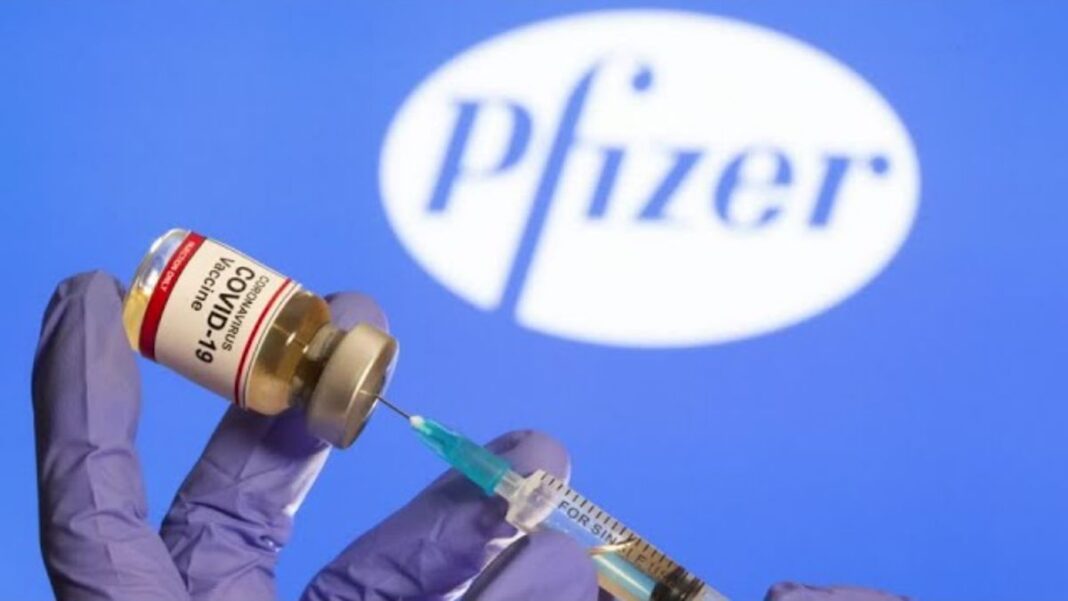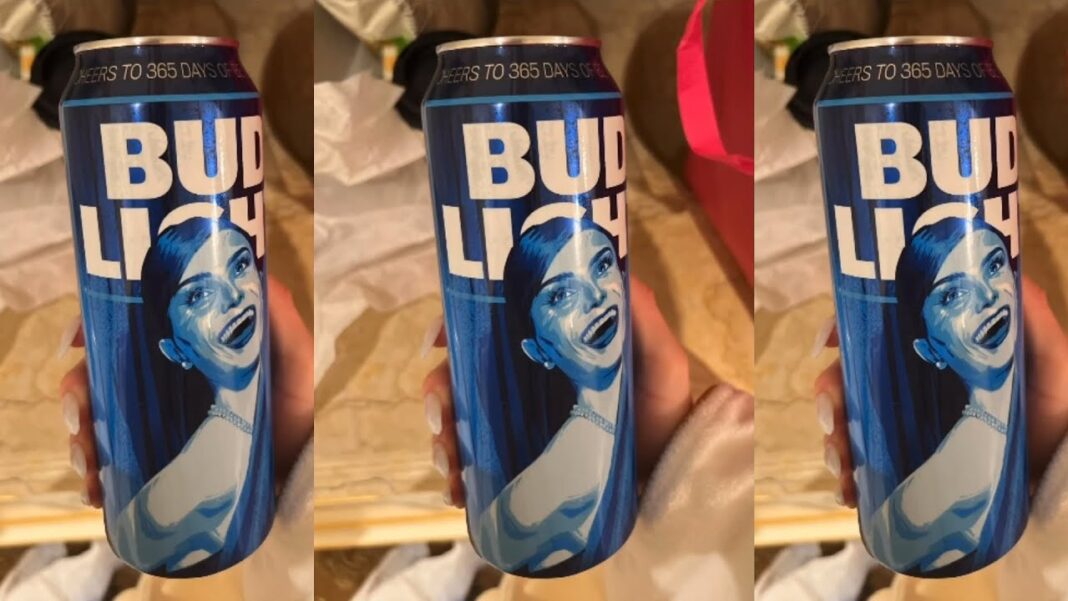Drug regulators and public health agencies have saturated the airways with claims that serious harms following COVID-19 vaccination are “rare.”
But there has been very little scrutiny of that claim by the media, and I couldn’t find an instance where international agencies actually quantified what they meant by the term “rare” or provided a scientific source.
The best evidence so far has been a study published in one of vaccinology’s most prestigious journals, where independent researchers reanalyzed the original trial data for the mRNA vaccines.
The authors, Joseph Fraiman et al., found that serious adverse events (SAE)—i.e., adverse events that require hospitalization—were elevated in the vaccine arm by an alarming rate—1 additional SAE for every 556 people vaccinated with Pfizer’s mRNA vaccine.
According to a scale used by drug regulators, SAEs occurring at a rate of 1 in 556 are categorized as “uncommon” but are far more common than what the public has been told.
Therefore, I asked eight drug regulators and public health agencies to answer a simple question: What’s the official calculated rate of SAEs believed to be caused by Pfizer’s mRNA vaccine, and what’s the evidence?
The agencies were the FDA, TGA, MHRA, HC, PEI, CDC, ECDC, and EMA.
The outcome was startling.
What Is the Official SAE Rate?
Not a single agency could cite the SAE rate of Pfizer’s vaccine. Most directed me to pharmacovigilance data, which they all emphasized doesn’t establish causation.
The Australian TGA, for example, referred me to the spontaneous reporting system but warned, “It is not possible to meaningfully use these data to calculate the true incidence of adverse events due to the limitations of spontaneous reporting systems.”
Both the German regulator (PEI) and European CDC referred me to the European Medicines Agency (EMA) which, according to its own report, saw no increase at all in SAEs.
“SAEs occurred at a low frequency in both vaccinated and the placebo group at 0.6 percent,” the EMA stated.
The UK regulator MHRA went so far as to state that it “does not make estimations of a serious adverse event (SAE) rate, or a rate for adverse reactions considered to be causally related for any medicinal product.”
The U.S. FDA, on the other hand, conceded that SAEs after mRNA vaccination have “indeed been higher than that of influenza vaccines” but suggested that it was justified because “the severity and impact of covid-19 on public health have been significantly higher than those of seasonal influenza.”
Despite analyzing the same dataset as Fraiman, the FDA stated that it “disagrees with the conclusions” of the Fraiman analysis. The agency didn’t give specifics on the areas of disagreement, nor did it provide its own rate of SAEs.









